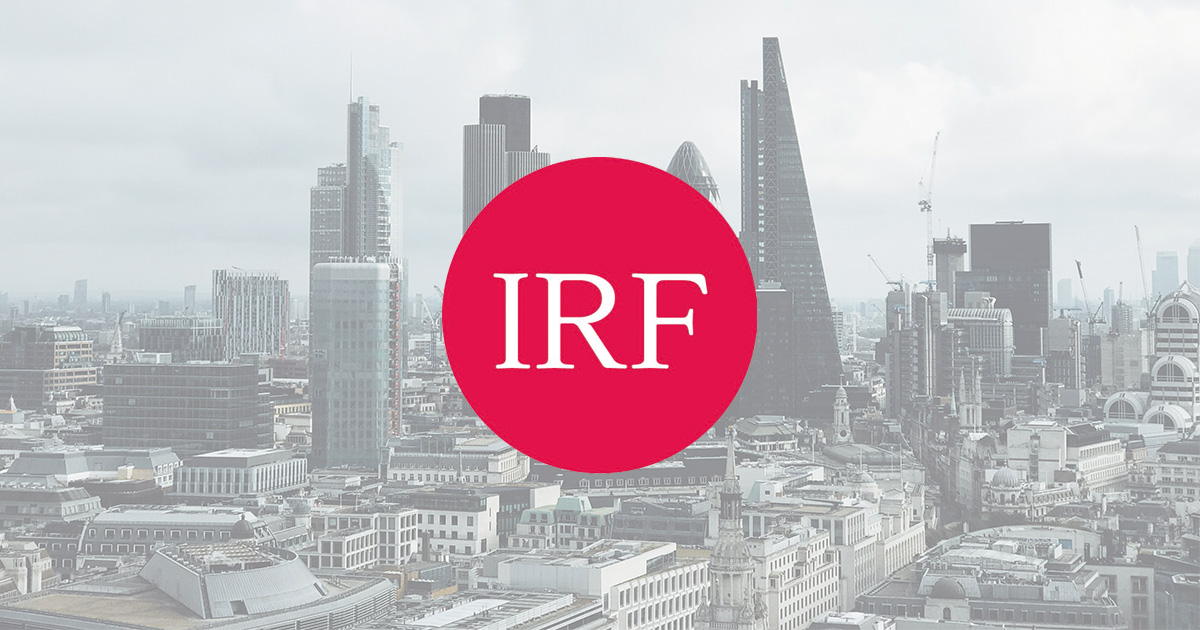Slump-flation in 2022?
GL Indexes
Wed 24 Nov 2021 - 15:00
Summary
Michael focused his conference call on the 2022 outlook, by tracking global liquidity and by monitoring capital flows worldwide. Overall, CrossBorders’ views are almost opposite to the consensus. Inflation is sticky and more than transitory, but longer-term deflation trends are more powerful; Global Liquidity is likely to weaken noticeably in scale by early-2022 and the World economy is already slowing as previous liquidity injections fade. The next year will see large net fiscal tightening and further supply-side problems. The bond markets have asymmetric risks, with yield upside limited by the huge debt overhang. The equity markets are vulnerable to taper and as China moves her policy towards stability over growth, as well as from the weak world growth outlook. Lastly, currencies appear more stable than expected however USD may ultimately be a casualty.
In 2022, Michael envisions further diminishing liquidity relative to the last two years, with only low single figure growth. Central Bank Liquidity historically tightens ahead of market peaks, while the private sector liquidity, e.g corporate cash flow and bank lending, lags the market cycle. Most Central Bank tightening is currently coming from outside the US and Eurozone. However, the US markets are catching-up, with inflections in money markets and net inflows peaking and liquidity support beginning to fade. Looking at the Global Liquidity Index (GLI) and fast-forwarding by 9 months, conditions are slowing down to the point where Central Banks are set to policy mistakes. This is a key risk going into 2022.
Michael examined the Chinese monetary system. The PBoCs’ balance sheet has barely grown in the last few years; the country has not seen a COVID response like other economies and so China’s economy lacks stimulus. China is more concerned on stability, particularly of the Yuan. The impact of Chinese liquidity on the world economy is immense and so there is a close correlation between what the Chinese do and the resulting pickup in cyclical activity. Significant downturns in the world economy are normally met with strong volatility in the equity markets.
Michael looked at the 10-Year US Treasury Yield, where bond yields are at just over 1.7% and looking to test previous highs. The yield curve shows a steeper front-end of the curve, a sign of expected sharp hikes in policy rates. But the back-end flattening tells us there is a heightened demand for safe assets around the 10-year tenor, as investors look to scale down risks. Tying together liquidity, supply, and demand in the bond markets, during periods of QE we see rising term premia and consequently rising yields, whereas during QT periods we see the reverse. Thus, curves will flatten more.
On inflation, since 2020 we have had the highest pass-through of inflation shocks since the late-1970s. In the longer term, there will be disinflationary pressures when looking at demographics, labour force and bond markets. Demographics are plainly deflationary, not inflationary.
Michael’s equity market choices go towards the US and the UK, where investor still have comparatively low portfolio exposure to risk. Europe and Asia lie towards the top of the risk exposure chart. There is high equity exposure compared to ‘normal’ in these markets, and if there is no liquidity or hiccups in economic growth, they could see the greatest price falls.
Lastly on the Forex markets, USD is on a long-term downtrend with periods of sharp movements against trend. These tend to be periods of excess demand for US safe assets. Since 2016 and the Shanghai Accord, there has been a deliberate targeting towards currency stability in Asia, and specifically Chinese policy has tried to maintain Yuan fixed against a basket. The ‘notional’ Asian Euro has major implications.
Topics
What is the outlook for Global Liquidity in 2022? And what are market implications? According to one pundit: “All that investors care about is that ‘Lots of liquidity = higher risky asset prices!’” But there is more than that to consider
Is this really a Bubble?
Why demographics are long-term deflationary, not inflationary?
Does the Bank of England’s decision not to raise rates foolish? Or does it tell us something about wider Central Bank preferences?
Why is Treasury yield convexity spiking? Does it warn about rising credit risks?
Is the liquidity supply/ demand balance for bonds really so bad?
Why is China’s People’s Bank not tightening?
Will crypto boom again in 2022?
What is this latest chart on daily economic momentum telling us about the US, Europe and Asia?
